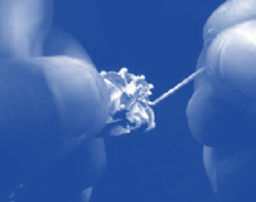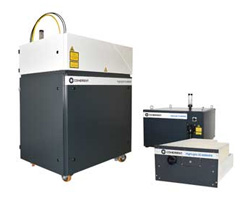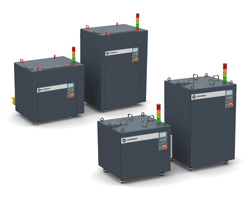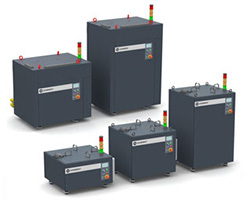When it comes to soldering, one generally speaks of a substance-to-substance bond. Soldering involves melting an additional material that has a considerably lower melting temperature than the material to be joined by using laser light. The material of the parts themselves is not melted, like it is the case in the laser welding process. The soldering process is characterized by the use of a fill metal (solder) which is melted to fill the bonding gap and which acts as a wetting agent in the soldering process.
Copper-zinc (brass) or tin alloys, for instance, are used as a solder material. The solder material is added as a wire during the process, but can also be applied as a soldering paste.
It can be differentiated between brazing with melting temperatures > 450°C and soldering with temperatures < 450°C. The brazing process requires higher laser powers and is mainly used within the automotive industry, for example for the joining of sheet metal blanks of automotive body parts, whereas soldering is often used within the semiconductor or electronic industry.



